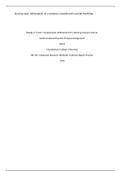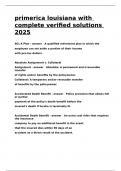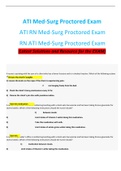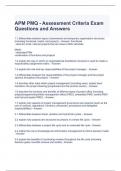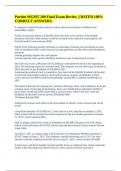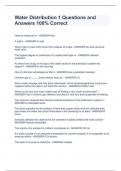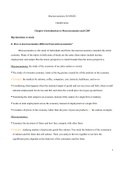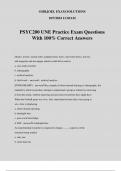Samenvatting
Summary Short overview articles - Research in Management Control
Note: this is a short overview of the important information of all articles. Hall, Ferreira and Otley, Malmi and Brown, van de Ven and Johnson, Malmi and Granlund, Tucker and Lowe, van der Volk et al., Choi et al., Speklé and Verbeeten, van Triest et al., Pfister and Lukka, Jansen et al., Malmi et...
[Meer zien]





